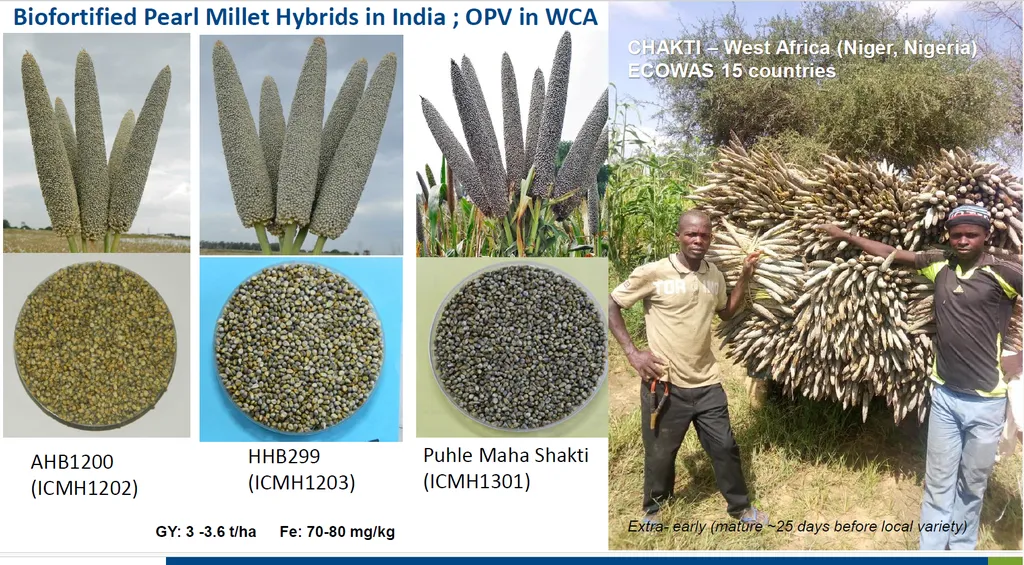In the heart of India’s agricultural landscape, a quiet revolution is brewing, one that could reshape the country’s food security and nutritional narrative. Millets, often overshadowed by staple crops like wheat and rice, are stepping into the limelight, backed by robust government initiatives and a growing global recognition of their potential. A recent study published in the *AGRIVITA Journal of Agricultural Science* (translated as ‘Journal of Agricultural Science’) delves into the government of India’s schemes and initiatives promoting millets, offering a beacon of hope for sustainable agriculture and food security.
Millets, known for their gluten-free nature and climate-resilient characteristics, are gaining traction in the current fast-food culture. “Millets are primarily recognized as climate-resilient crops due to their ability to withstand extreme weather events with minimal irrigation,” explains Shivakumarappa Gireesh, lead author of the study and a researcher at Acharya N.G. Ranga Agricultural University, Poshan Incubator, Tirupati, India. This resilience makes them a crucial component in climate-smart agriculture, ensuring food security and sustainability.
The United Nations’ Food and Agriculture Organization (FAO) has declared 2023 the ‘International Year of Millets,’ a move aimed at enhancing the popularity of millets as a crucial part of our balanced diet. This global recognition underscores the importance of millets in meeting the world’s food security needs and promoting sustainable agroecological practices for preserving biodiversity.
The Indian government has launched several initiatives to promote millets, including the National Mission on Nutritional Security through Sustainable use of Biodiversity (NMNS-SUBS) and the Rashtriya Krishi Vikas Yojana (RKVY). These schemes focus on promoting millet cultivation, processing, and consumption, thereby enhancing food security and nutritional outcomes.
The commercial impacts of these initiatives are profound. Millets offer a viable alternative to traditional crops, providing farmers with a climate-resilient option that requires minimal irrigation. This can lead to increased agricultural productivity and income for farmers, particularly in regions prone to drought and extreme weather events.
Moreover, the growing popularity of millets presents opportunities for the food processing and packaging industries. As consumer demand for gluten-free and nutritious food options rises, millets can become a key player in the market, driving innovation and growth in the food sector.
The study by Gireesh and his team highlights the importance of these government initiatives in promoting millets for food security and sustainable agriculture. “This initiative mainly concentrates on sustainable agroecological practices for preserving biodiversity,” Gireesh notes, emphasizing the long-term benefits of these policies.
As we look to the future, the promotion of millets could shape the trajectory of India’s agricultural sector. By embracing climate-smart crops like millets, India can enhance its food security, promote sustainable agriculture, and drive economic growth. The journey towards a millet-driven future is just beginning, and the potential is immense.

